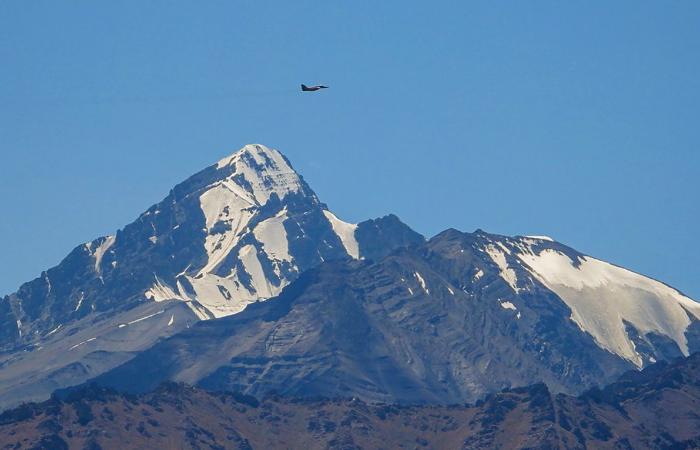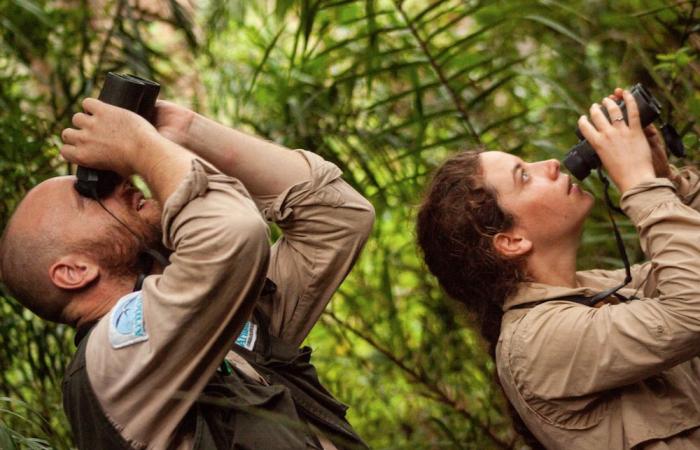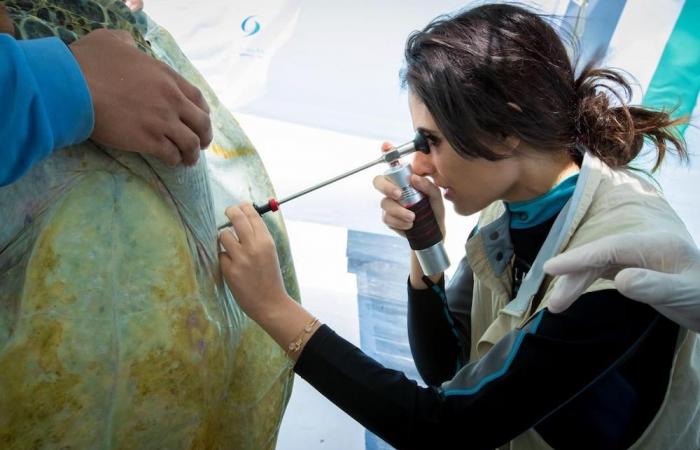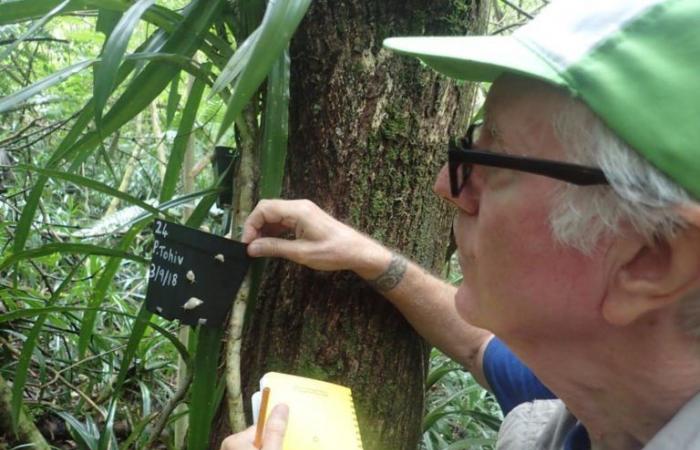Thank you for reading the news about India, China in war of words over latest Himalayan border troops clash and now with the details
Jeddah - Yasmine El Tohamy - DUBAI: An estimated 10,000 animal species become extinct every year — a disappearance rate considered by the Center for Biological Diversity to be 1,000 times faster than their natural rate.
Since March, the effects of this trend may well have been amplified by the coronavirus disease (COVID-19) pandemic, the impact of which has not only been felt by humans but by mammals and reptiles in the wild.
Razan Al-Mubarak, founding managing director of the UAE-based Mohamed bin Zayed Species Conservation Fund (MBZ Fund), said given the current speed at which wildlife was vanishing, the damage caused by the virus outbreak to conservation work in the field — considered the “critical first line of defense against extinction” — could not be overstated.
A survey of more than 300 conservationists in 85 countries, conducted by the fund in April and May, found that the pandemic and related lockdowns had affected the ability of 83 percent of conservationists to carry out vital fieldwork.
Another 70 percent said planned conservation activities had been cancelled or postponed.
The delays, which have pushed a slew of critical projects back to at least the spring of 2021, include time-sensitive conservation work based on factors such as the migration of animals and mating seasons.
For example, the release of endangered Madagascan big-headed turtles can only be carried out during the spring rains, which provide optimal water levels for the reptiles to be freed.

Conservation of the critically threatened Polynesian tree snail has also faced a similar problem this year, due to delays resulting from the absence of international flights, which regularly carry the snails from zoos in the US to the island where they are released.
Additionally, setbacks in field research on migratory birds such as vultures in Uttarakhand, India, and the vanishing Sulu bleeding-heart in the Philippines have proved problematic.
“For migratory birds under observation, the birds are only present in a given location at a certain time of the year before they move on,” said Al-Mubarak.
In these cases, the delays caused by COVID-19 lockdowns have prevented conservationists from getting into the field at the precise time that nature required them to be there.
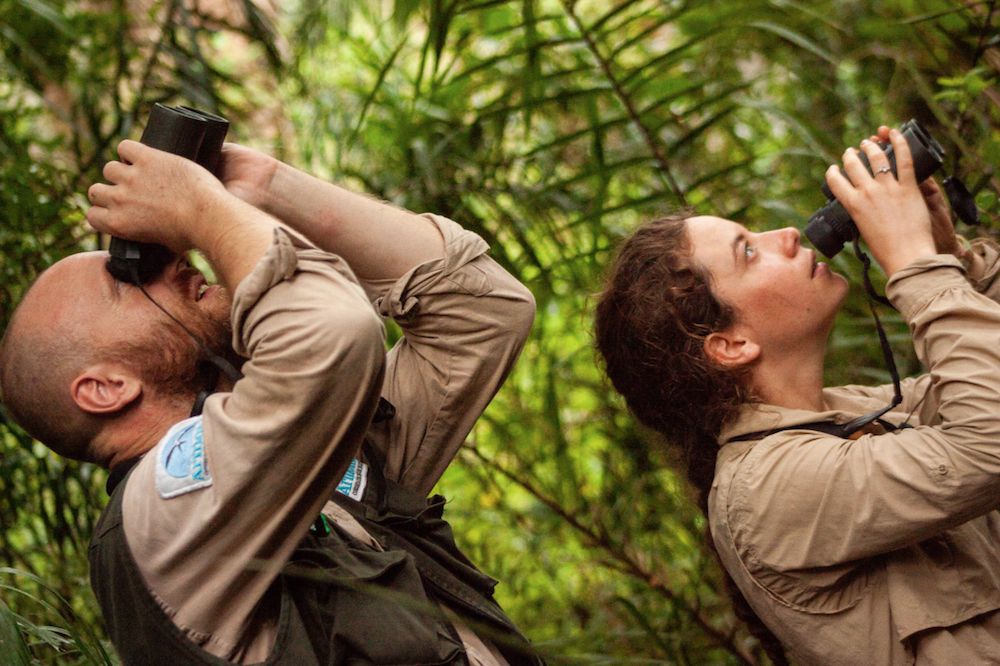
With lockdowns also keeping zoos throughout the world shut, social animals such as gorillas, otters, and meerkats are said to be missing the attention of human visitors.
The irony of the pandemic’s impact on species conservation is unmistakable given that the first human COVID-19 cases reportedly originated at a Chinese market that sold wild animals in Wuhan.
This is not to say the situation is totally devoid of bright spots. In some parts of the Gulf region, stay-at-home measures have helped vegetation and wild animals, including sea turtles, dugongs, and the Arabian tahr, to flourish in much quieter environments at sea and on land.
Findings from the Environment Agency — Abu Dhabi showed that sea turtles’ nesting activity increased along the mainland of Abu Dhabi’s coastline, more prominently in the Ras Ghanada protected marine area, and Al-Sila in the UAE’s Western Region.
Simultaneously, the dugong mortality rate dropped as waters grew quiet, and a reduction in movement, noise, and light pollution encouraged wildlife to return to urban areas, with a significant number of gazelles being spotted on Saadiyat Island.
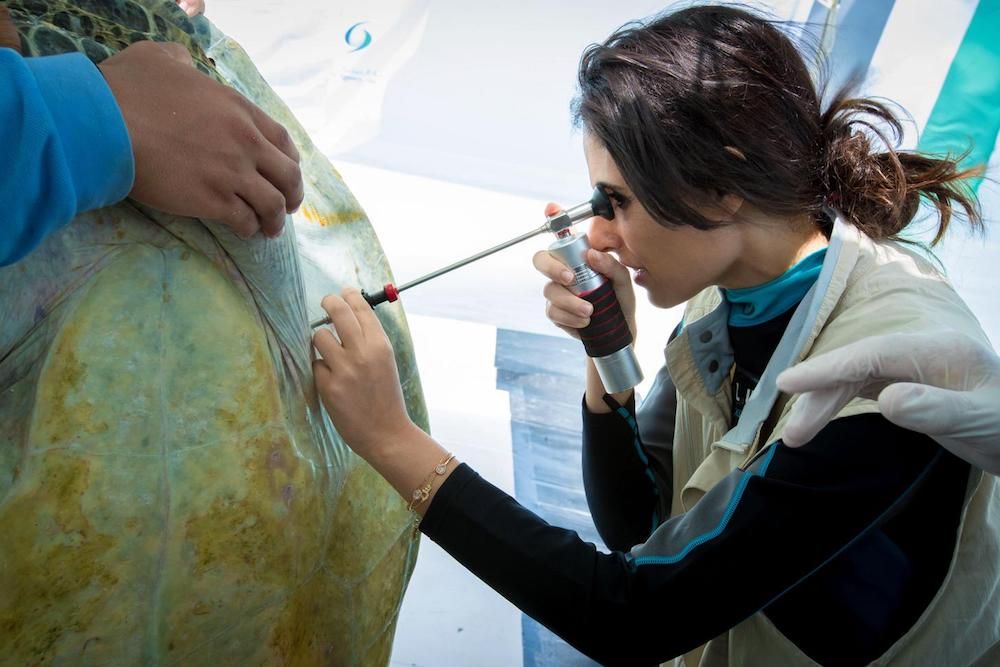
A female Arabian tahr, a species that lives in high altitudes, was spotted in Al Ain’s Jebel Hafit while flamingos’ breeding activities in the country increased by 12 percent.
Animals that usually stay away from crowded towns and cities now have more space to explore. Millions more eggs of sea turtles are being deposited on beaches that once used to overflow with summer visitors.
Despite these small victories for nature resulting from temporary changes in human behavior, environmentalists and wildlife experts have warned against a rise in plastic waste and a decrease in conservational activities.
“By confirming that efforts to prevent biodiversity loss have been significantly harmed during the pandemic, the survey makes it clear that the conservation community must come together for a nature recovery plan, whereby conservation initiatives are given the necessary financial stimulus to not just recover but thrive in the long term,” Al-Mubarak said.
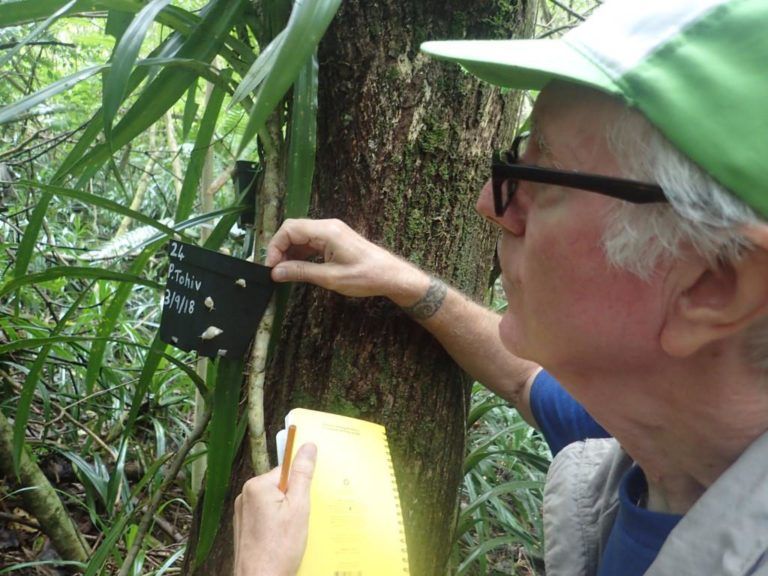
Such moves must come within a robust biodiversity framework to ensure that efforts to prevent losses are on par with those to mitigate the impact of climate change, she added.
The MBZ Fund survey’s findings showed 30 percent of respondents to be concerned about increased threats to species and their habitats. These could be in the form of poaching — due to reduced presence of law enforcement and tourists — and greater reliance on hunting by local communities, owing to the economic impact on livelihoods.
From South America to Africa, many park rangers have been left jobless by the prolonged absence of tourists, which is perhaps why anecdotal evidence points to a jump in poaching of endangered species.
“Many fear that the millions made recently unemployed in the world’s megacities would be returning to their ancestral homes,” Al-Mubarak said.
“Without income, the newly displaced will look to nature for subsistence, for food, fuel, and shelter, adding to the tremendous pressure on nature. This pressure is likely being compounded by the fact that the people we all rely on to enforce and protect nature are no longer in the field,” she added.
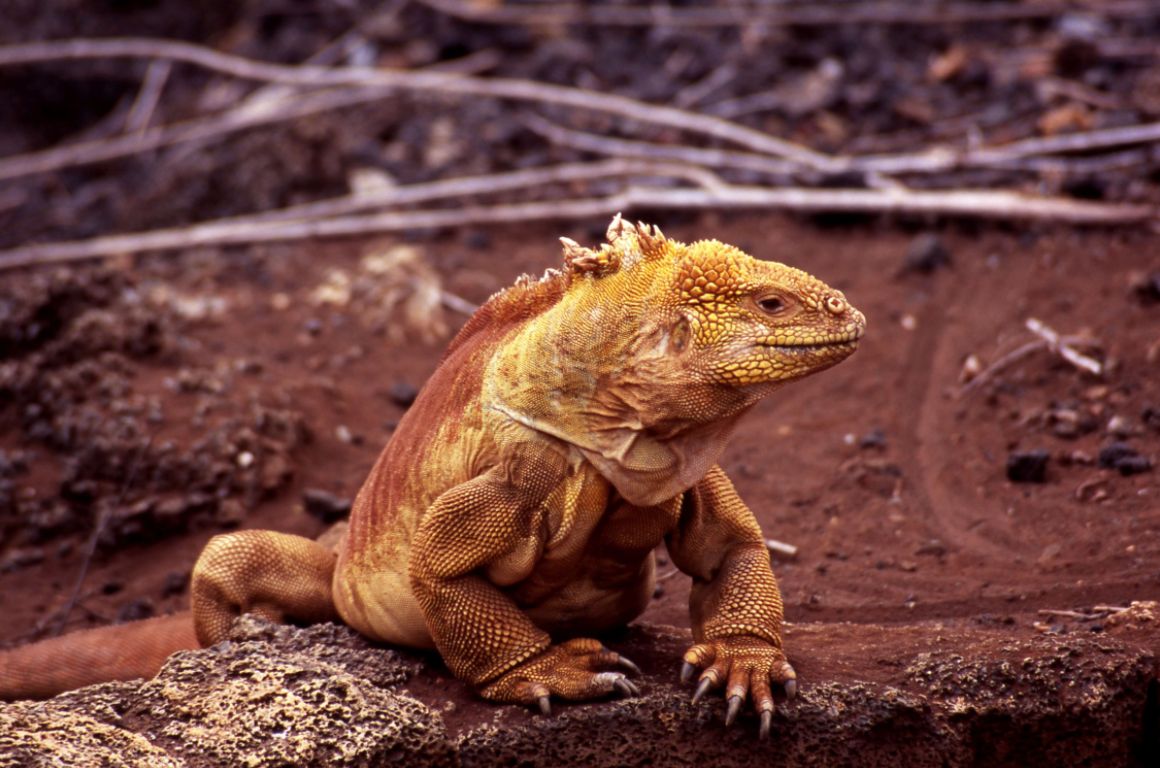
Predictably, many respondents were especially concerned about the inability to monitor and prevent threats from invasive species, such as rats and cats, from eating eggs or hatchlings.
However, in other parts of the UAE, such as Sharjah, wildlife-protection programs have not been affected by the health crisis, with many projects currently on track, according to government officials.
Hana Saif Al-Suwaidi, chairperson of the Sharjah Environment and Protected Areas Authority (EPPA), said research fieldwork in mangroves, beaches, and deserts as well as law-enforcement operations had continued throughout the pandemic, with protective precautions implemented where considered necessary.
Despite the EPPA’s public facilities being temporarily closed in keeping with government guidelines, animal-conservation management had continued in line with recommended staff-protection measures, she added.
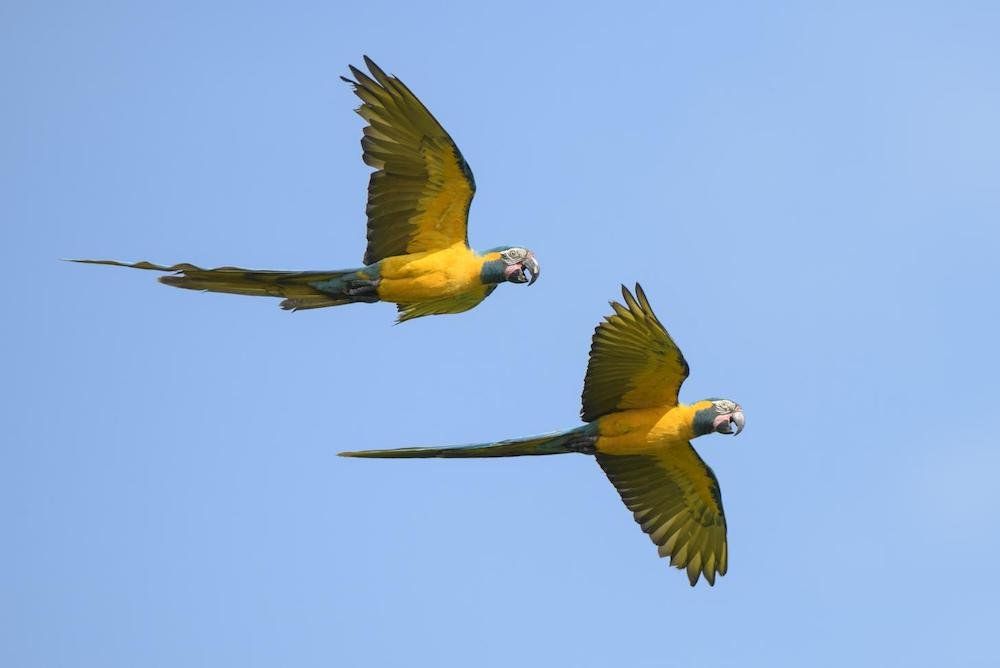
“Administrative work continued from home, with virtual meetings becoming the norm, and COVID-19-related daily operational plans were implemented on sites where construction is ongoing,” Al-Suwaidi told Arab News.
An unspoken yet pervasive fear is that of COVID-19 spreading from conservationists to wildlife. Grant recipients who responded to the MBZ Fund survey cited concerns of transmitting the infection to animals as one of the main reasons for stopping fieldwork.
COVID-19 is a zoonotic disease, meaning it jumped from animals to humans. But there have been isolated reports of zoo animals testing positive for the virus after interaction with keepers.
While the spread of the virus among wildlife is indeed a worry, the available information on transmission between species, morbidity, and mortality is still being researched, said Al-Suwaidi.

“Some species develop clinical signs including respiratory and gastro-intestinal signs, and increased mortality. Others do not show any signs of the disease. The risk of contracting the disease from an infected animal is negligible and the spread of COVID-19 is still essentially driven by human-to-human transmission,” she added.
In the Arab region, the extent of the pandemic’s impact on different wildlife conservation activities varies from region to region, Al-Suwaidi said, adding that it was less of a concern in Sharjah owing to the size of the EPPA’s natural and protected areas and the infrastructure in place.
Drawing on the EPPA’s pandemic-era experience, she had a message for the wider Arab region. “Rather than cut back on conservation and protected-areas funding, use this opportunity to reinforce societal wellbeing and adequate resource availability.
“Recognize that new benchmarks for cleaner water, cleaner air, and lower electricity consumption can be set based on our knowledge of highly polluted regions,” she said.
------------------
Twitter: @jumana_khamis
These were the details of the news India, China in war of words over latest Himalayan border troops clash for this day. We hope that we have succeeded by giving you the full details and information. To follow all our news, you can subscribe to the alerts system or to one of our different systems to provide you with all that is new.
It is also worth noting that the original news has been published and is available at Arab News and the editorial team at AlKhaleej Today has confirmed it and it has been modified, and it may have been completely transferred or quoted from it and you can read and follow this news from its main source.

